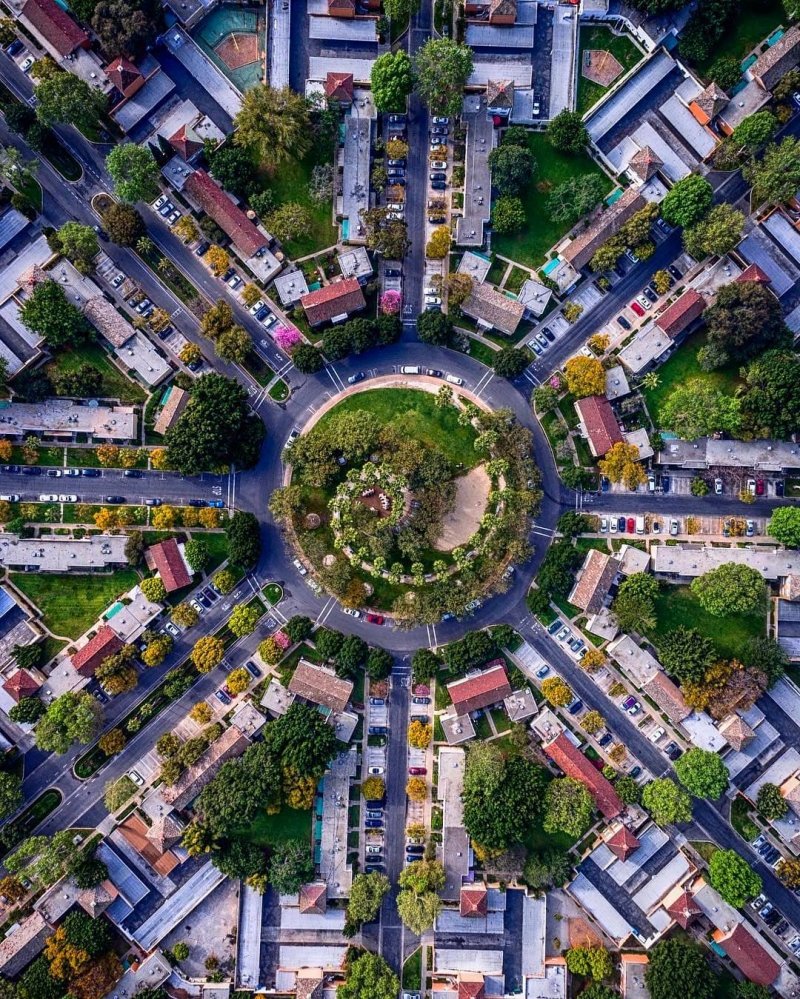Curious Things You Might Not Know About St. Petersburg
The streets we walk every day are filled with history; we all know this, but begin to ignore it as we slowly get used to our home. When we hear the word "history", our imagination runs away to la-la land and skips the class. Rather than general boring history, I am curious about those "wow elements" around us and ask myself if they are true or simple rumors. In this blog entry, I would like to share some curious facts you might not know — or get wrong — about our historic and awesome city.


Arch of the General Staff Building
Have you noticed that the arch of the General Staff Building on the Palace Square is not straight or in any way aligned with the main building? This arch provides the main entrance to the square’s ensemble. It is so big and beautiful that we barely wonder why the architects built the city the way they did. Turns out, the entrance to the palace is perfectly aligned with Moskovsky Prospect, which is a 10km-long road that connects Sennaya Ploshchad, Sadovaya Street and the Victory Square. This road further connects to Pulkovo Highway which goes to Moscow. All of this is perfectly aligned with the meridian of Pulkovo. This level of perfectionism was beyond my imagination.

Windy City
Here, I must confess that my secret passion is architecture. This next topic has been running wild in my mind for months now. We all know that St. Petersburg has harsh, windy weather, and that's why sometimes it feels colder than it really is. The geographic location of the city, its proximity to the sea and the flat topography are some of the natural factors responsible, but we can also blame the urban design and building typography. The city is located at 11 meters above sea level, which is quite low. The wind comes mainly from the sea and the water flows of the large Neva river and its distributaries flow accordingly east to west. With these conditions, the wind is able to penetrate the land without any obstacles.
All this information was well-known for hundreds of years, as the city was developed for ships and a sea culture. Ironically, the city was designed in a way that it opens up to the sea as if greeting it, allowing the wind to hit the buildings which align with the rivers and the wind flow. The architectural style was not very well thought-through to provide a solution to this lack of comfort. If we look carefully and analyze the way the streets and the buildings are arranged, we can see how an open gate is created for the wind to pass between them, forcing the basic principle of the wind that goes like "the narrower the gate the faster the wind will travel through it". Have you ever noticed how, when you walk next to a tall building, you are almost swept away because it is so windy on the sidewalk? Well, that is due to the way the wind hits the building on the top and goes down creating a wave which hits the people walking on the sidewalk. In conclusion, St. Petersburg could have had a better weather and more comfortable microclimate if the city design and the buildings would have been designed differently. But in any case, it's never too late to provide useful solutions — such as creating natural obstacles, planting trees and bushes, and installing protective screens. This is based on some local website reviews, personal research and subjective/professional point of view. On the image I share, I show an example of a better urban planning solution that could have been more successful in protecting the population from the wind.

Not the first, but the second deepest metro station in the world.
Guys, I think most of us have reached the point where we don't feel like tourists anymore, and we can now get the facts straight. To the question: "Did you know that St. Petersburg has the deepest underground station in the world?" you can now confidently reply, I know it doesn't.
To be honest, this was a surprise for me, too, so I decided to get curious. It turns out that it is not the first, but the second. Currently, the deepest underground station is the Arsenalna, in Kiev, Ukraine, at 105.5 meters below the surface. It takes around 5 minutes and 2 escalators to reach the platforms. The deepest Metro station in our city and the second deepest in the world is station Admiralteyskaya, on the purple line, at 86 meters below ground level. Its escalators are around 130 meters long. What is truly impressive is how this subway system was built, since it lives like a parallel city almost completely under water. All 5 lines go under the rivers and canals of our city. The creation of an underground railway system begun before World War II; construction was interrupted by the war and resumed around 1944. The first Metro train started working in November of 1955.

Money as we know it.
It's time to pay! …how much is it? 100 Rubles. Nice and easy to understand. We all get how money works. But it wasn't always like this. This pretty logical system was actually implemented by the rather crazy but visionary Tsar Peter the Great around 1704. He established a system to divide the Ruble into 100 parts, meaning cents. This way, the Russian currency was the very first one to be organized in a decimal system. The rest of the world’s countries followed as they realized it worked better. So now you know it. Money as we know it originated in this very spot.

That is it for now. See you guys soon, and please let me know if you have any cool ideas or topics you would like me to write about. Have fun discovering St. Petersburg's secrets.
